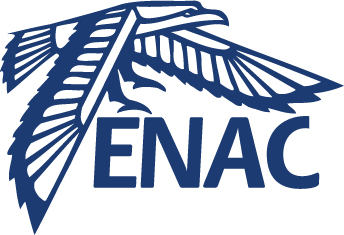Past, current and future trend for the usage of extend reality (XR) in aviation
Résumé
Extended, Virtual, Mixed and Augmented reality (XR, VR, MR, AR) devices, allow users to interact with computer-generated simulations that mimic or enhance the perception of the real world. AR overlays digital information onto the actual environment, while VR immerses users entirely in a virtual environment. MR combines elements of both to seamlessly blend the virtual and real worlds. XR technology provides immersive experiences, creating a sense of presence in the virtual realm. XR applications span various domains, such as training, education, medical, digital health, and aviation, benefiting pilots and air traffic controllers (ATCOs). In this chapter, we share our experiences using XR technology, detailing findings and the process of efficient implementation for end users like pilots and ATCOs. We present examples of improving the paper strip by projecting dynamic and updated information, ensuring smoother monitoring for controllers. Our remote tower project incorporates remote sensing with sound spatialization, enhancing situation awareness during airfield management. We also discuss developing an immersive analytic tool using XR devices for investigating recorded aircraft trajectories and its potential replication through dedicated APIs. We explore prospects for studying human behavior using VR devices under more immersive conditions, manipulating mental workload, prototyping and evaluating complex interfaces (e.g., cockpit design), and understanding conflict resolution algorithms through eXplainable AI (XAI). Finally, we address future challenges, such as improving interaction capabilities with tangibility in VR, and the opportunities XR technology could bring to aviation activities.
Domaines
Sciences cognitives
Fichier principal
 Past__current_and_future_trend_for_the_usage_of_eXtend_Reality__XR__in__air_traffic_controlS (002).pdf (361.03 Ko)
Télécharger le fichier
Past__current_and_future_trend_for_the_usage_of_eXtend_Reality__XR__in__air_traffic_controlS (002).pdf (361.03 Ko)
Télécharger le fichier
| Origine | Fichiers produits par l'(les) auteur(s) |
|---|
